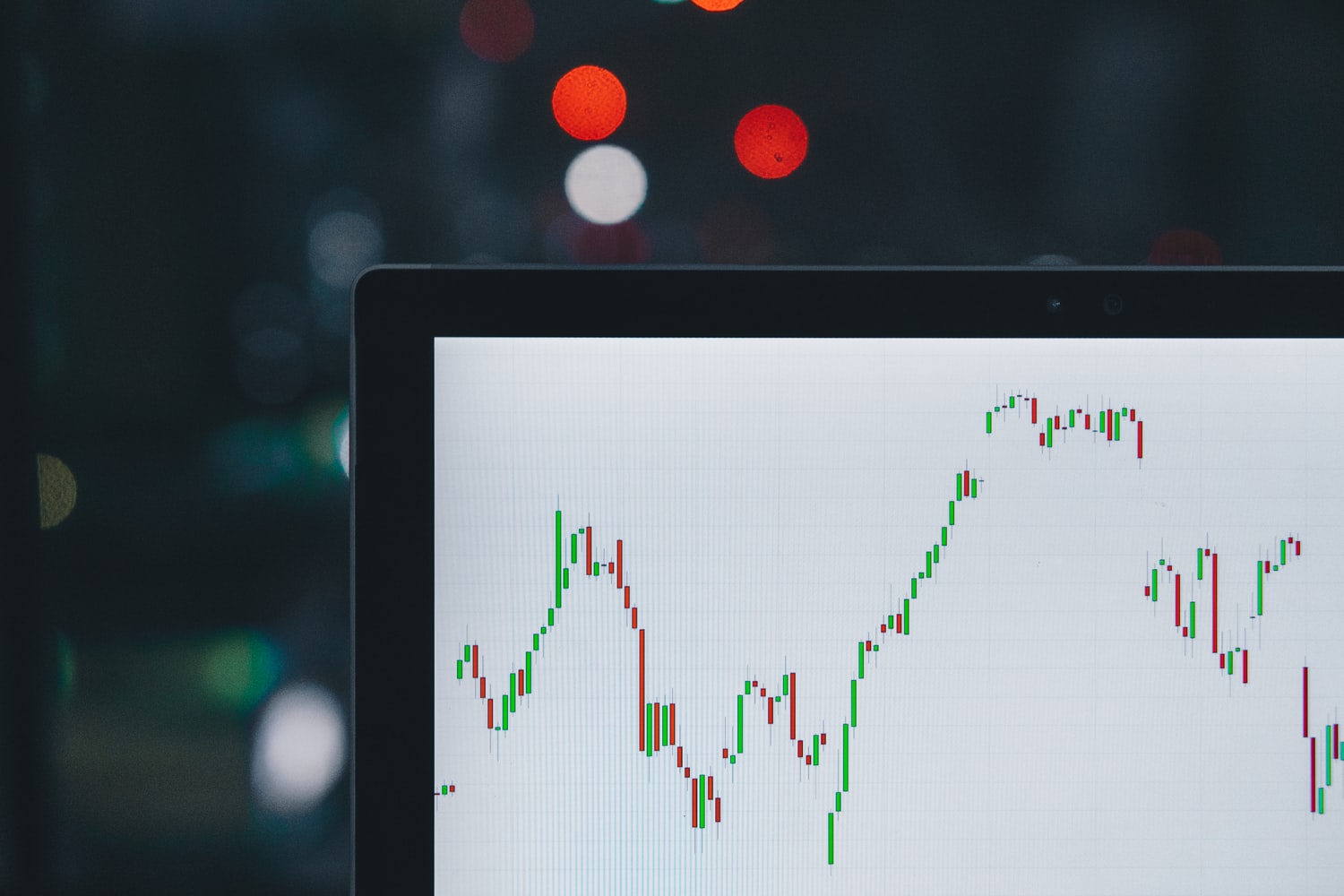Rick Selvala, CEO of Harvest Volatility Management, Featured in Business Insider
The CEO of a $3.5 billion investing firm recounts how he went from working in GM’s treasurer’s office to hedging for high-net-worth investors on Wall Street — and shares 2 options strategies that investors can take advantage of now
Richard Selvala is the CEO of $3.5 billion Harvest Volatility Management. Harvest Volatility Management
- Richard Selvala is the CEO of $3.5 billion Harvest Volatility Management, which uses derivatives strategies to help investors hedge risks and enhance returns.
- Selvala studied mechanical engineering in college with the aim of becoming an auto executive but after a spell working at General Motors’ treasurer’s office, he became interested in hedging risks.
- He then moved onto Wall Street where he hedged risks for corporations, institutions, and high-net-worth investors but decided to strike out on his own just months before the peak of the 2008 financial crisis.
- He shares two option strategies that investors can take advantage of now given the recent market surge.
Growing up near the Motor City of Detroit, Michigan, it was natural that Richard Selvala studied mechanical engineering in college with the ambition of becoming an auto executive.
Indeed, after graduating from Harvard Business School, he got the chance to work at auto giant General Motors, but one of his rotations with GM’s NY treasurer’s office shifted his career trajectory.
“There, we did a lot of hedging of our interest rate risk, of our currency risk, and even some of our equity risk,” Selvala recalled. “So that’s really where I saw the practical uses of options and how they can help end-users like a corporation.”
Ultimately, Selvala left GM for Wall Street where he first spent eight years with UBS, advising the bank’s corporate, institutional, and high-net-worth clients regarding foreign exchange and equity derivative hedging strategies.
Then he jumped to Credit Suisse where he eventually became the co-head of its volatility management unit called Volaris.
While life at the Swiss bank was not bad, it came with the typical corporate bureaucracies.
“It was a tiny component of Credit Suisse’s overall business,” he said of Volaris. “There are just lots of different hands in the cookie jar and lots of different meetings. I just wanted to focus on doing one thing really well for our clients and not being distracted by all the other things that come with being part of a big firm.”
In April 2008, Selvala took his strategy and a Rolodex of contacts and joined co-founder Curtis Brockelman to launch Harvest Volatility Management, which oversaw $3.5 billion in assets as of July this year.
Riding through the financial crisis
For a firm that aims to reduce risks and only add measured risks in client portfolios, Harvest Volatility Management could not have asked for a better test of its strategies than the 2008 global financial crisis.
The firm’s core strategy is an iron condor strategy, which is an options strategy created with four options, four strike prices, and all with the same expiration date.
It is typically constructed by the sale of a short-dated, out-of-the-money call spread and the sale of a short-dated, out-of-the-money put spread both on the S&P or some other broad-based market indices.
“The idea there is you collect premium with a finite amount of risk on both sides,” Selvala said. “So ultimately with the iron condor strategy, we can make money whether the market goes up or down. We’re directionally agnostic.”
Although the iron condor strategy usually glides along smoothly when the market is in a calm state, it tends to give back when the market surges or collapses too fast.
“If the market really surges, the iron condor might give back a little bit, but the good news is your equities are really surging,” he said. “And if the market really collapses, we’re going to give back a little but it’ll be hedged and in that case, generally your bonds are doing really well.”
Selvala did not expect his firm to step right into the eye of the storm just five months after its launch, but his strategy proved resilient and thrived post-crisis.
“It was a challenge in September and October of 2008, but the fact that the strategy — after losing a lot less than people would have expected in September and October — made it all back and then some in November and December,” he said.
He continued: “Our four best months ever were November of 2008 through February of 2009 when the market kept imploding… It was really a testament to we make money when it’s more normal times, but we really contain it and ultimately thrive during a chaos like that.”
Two options strategies for the current market
Today, as the chief executive of Harvest, Selvala still co-manages the firm’s iron condor strategy called “Collateral Yield Enhancement strategy” and its S&P replacement strategy called “Dynamic Delta Overlay strategy.”
He shares two options strategies primed for the current market environment, which has seen global stocks surge on a combination of positive vaccine efficacy news from Pfizer and BioNTech, significantly reduced political uncertainty, and lower volatility.
But the uncertainty regarding vaccine safety data, distribution, and administration logistics, along with a resurgence of COVID cases in the US, could still derail a rising market and the economic recovery.
One way to hedge the risks of the rising market is by using what Selvala calls the “stock replacement strategy.”
“Instead of being long equities and then protecting all that long by buying the downside insurance, which tends to be overpriced,” he said. “Let’s say you own SPDRs, what you can do then is you can sell your SPDRs and then buy upside calls. And what that does is if SPDRs are long 100 Delta, you buy upside calls that are 50 Delta or less.”
Delta is often referred to as a hedge ratio between the change in the price of an underlying asset and the change in the price of an option.
“It just means you’re taking profits near the highs, you still own upside but your downside is going to be much more protected, your downside will be limited to the premium that you spend,” he added, noting that those upside calls are a lot cheaper than those downside puts.
“It’s a way to not try to time the market too much by selling and having no upside exposure. It’s just a way of saying I want to keep my upside exposure but I really want to protect my downside given how much the market has run.”
To be sure, the strategy of replacing stocks with upside calls carries the risk of triggering a big capital gains tax for investors who have a lot of equities exposure.
For those investors, Sevala suggests that they can keep their stocks and buying put options as protection.
“Now is a better time to buy puts as protection if you didn’t have them before,” he said. “Because the market is so much higher so you’re protecting higher gains. And because volatility has come in and the price to buy that insurance has dropped dramatically.”
Advice for option traders
While options often entice investors with its promise to generate outsized returns, Selvala recommends options novices to start slowly, read, and try to get as educated as possible before jumping in and start trading.
“Don’t mistake luck for skill. If you buy a call just before the market takes off to the upside and all of a sudden, you might think you’re infallible or think that this is easy money,” he said.
“Because it can go the other way just as quickly. And that’s where understanding how to manage the risk, understanding how to use spreads, to contain that risk comes in.”

